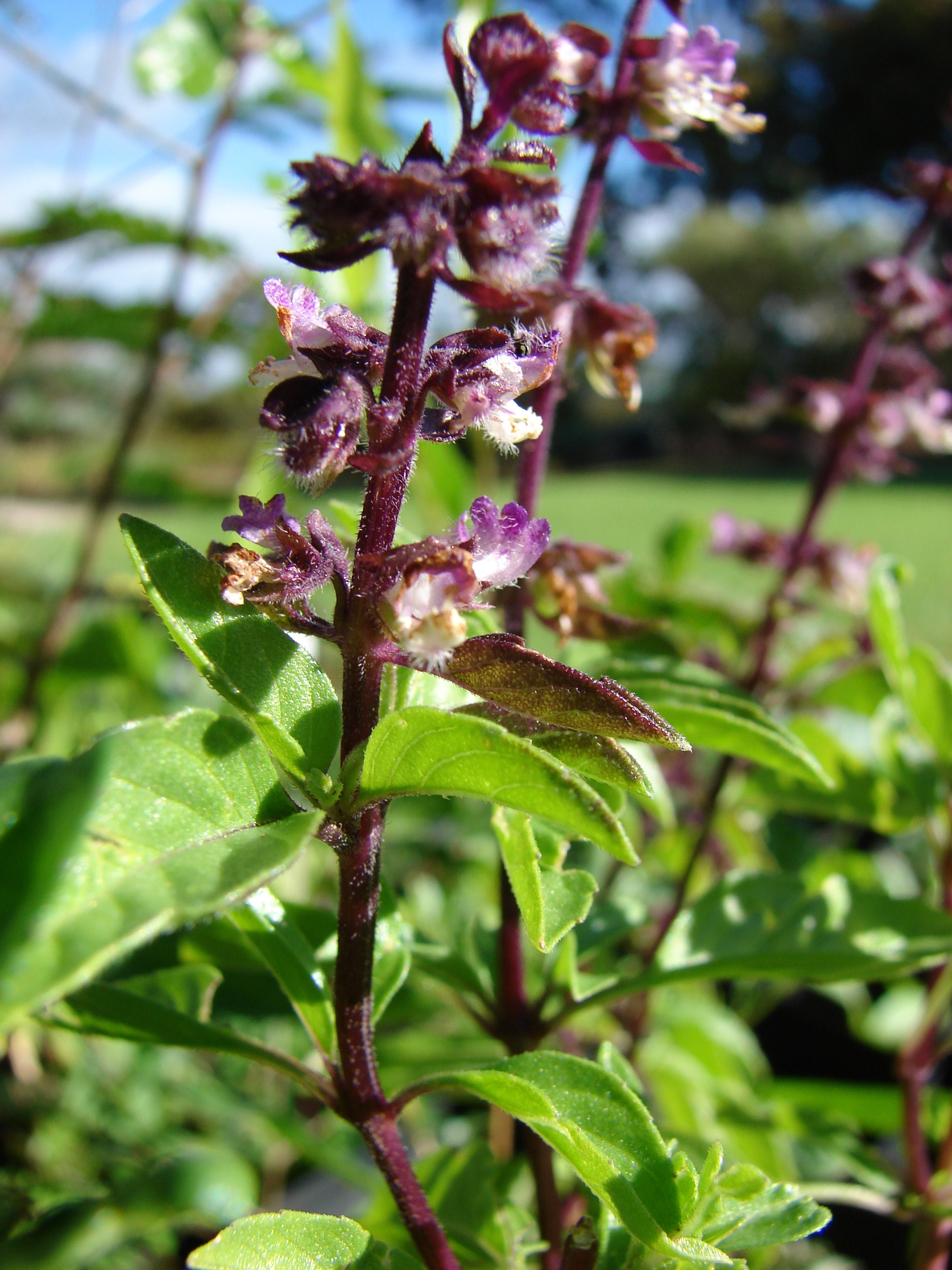Basil Licorice (Agastache foeniculum), also known as Anise Hyssop, is a unique and aromatic herb known for its licorice-like flavor and delightful fragrance. Whether you're an experienced gardener or a novice, this guide will assist you in successfully cultivating Basil Licorice from seeds. High-quality basil seeds and gardening supplies can be found at www.ezyseeds.com.
About the Plant
Description
Basil Licorice boasts lance-shaped, aromatic leaves with a refreshing licorice scent. It produces spikes of purple flowers, making it an attractive addition to any garden.
Origin
This herb is native to North America and has been used for its culinary and medicinal properties for centuries.
Usage
Basil Licorice is versatile in the kitchen. Its leaves can be used to flavor teas, desserts, salads, and a variety of culinary dishes.
Interesting Facts
- Basil Licorice is known for its soothing qualities and is often used to make herbal teas.
- Bees and butterflies are attracted to the beautiful purple flowers, making it a pollinator-friendly plant.
USDA Hardiness Zone
Basil Licorice is hardy in USDA Zones 4-9. Ensure your growing area falls within this range for optimal growth.
Selecting Seeds
When selecting Basil Licorice seeds, consider the following factors:
- Variety: Ensure you choose the Agastache foeniculum variety.
- Quality: Opt for high-quality seeds from reputable sources like www.ezyseeds.com.
- Quantity: Determine the number of Basil Licorice plants you'd like to grow based on your culinary preferences.
Seed Germination
- Sowing Seeds: Plant Basil Licorice seeds directly in well-draining soil or start them indoors in seed trays. Sow the seeds approximately 1/4 inch deep.
- Temperature and Light: Basil Licorice requires plenty of sunlight. Maintain a soil temperature of around 70-75°F (21-24°C) for successful germination.
- Watering: Keep the soil consistently moist but not waterlogged. Basil Licorice seeds usually germinate within 10-21 days.
Transplanting
Once your Basil Licorice seedlings have grown several sets of true leaves and reach a height of 2-3 inches, they are ready for transplanting.
- Choosing a Location: Select a sunny to partially shaded spot in your garden with well-draining soil.
- Spacing: Plant Basil Licorice seedlings about 12-18 inches apart to allow ample room for growth.
- Soil Preparation: Ensure the soil is rich in organic matter and well-aerated to promote healthy root development.
- Planting: Gently remove the seedlings from their containers or trays, taking care not to damage the roots. Plant them at the same depth as their original containers.
Care and Maintenance
- Watering: Basil Licorice appreciates regular watering. Keep the soil evenly moist, especially during dry spells.
- Mulching: Apply organic mulch around the plants to retain moisture, suppress weeds, and regulate soil temperature.
- Pruning: Regularly trim the basil leaves to encourage bushier growth and prevent flowering, which can make the leaves bitter.
- Fertilization: Use a balanced, all-purpose fertilizer sparingly during the growing season to provide essential nutrients.
Final Thoughts
Growing Basil Licorice adds a unique licorice-like flavor and fragrance to your culinary creations. Whether used in teas, desserts, or savory dishes, this versatile herb is sure to delight your taste buds. For high-quality basil seeds and all your gardening needs, visit www.ezyseeds.com. With proper care and attention, you can enjoy the aromatic essence of Basil Licorice in your favorite recipes.
